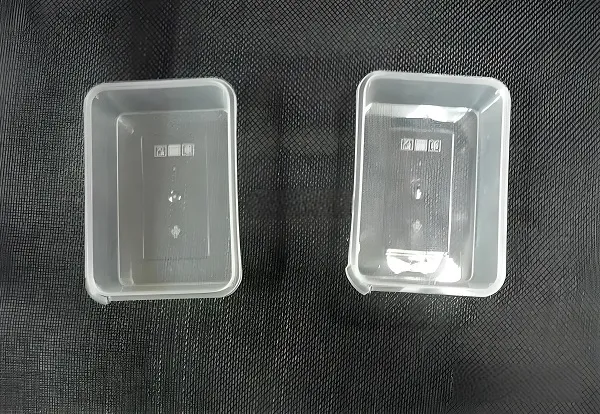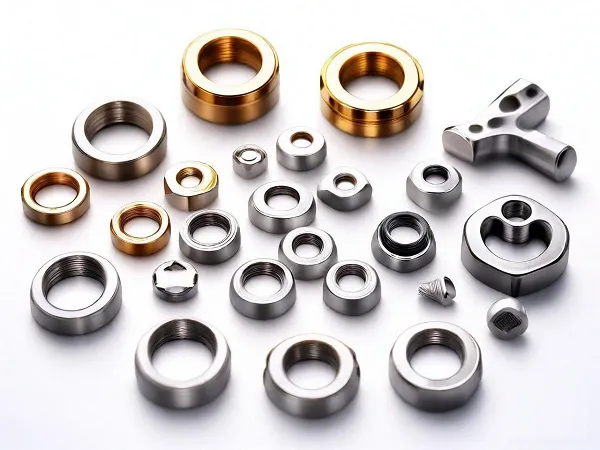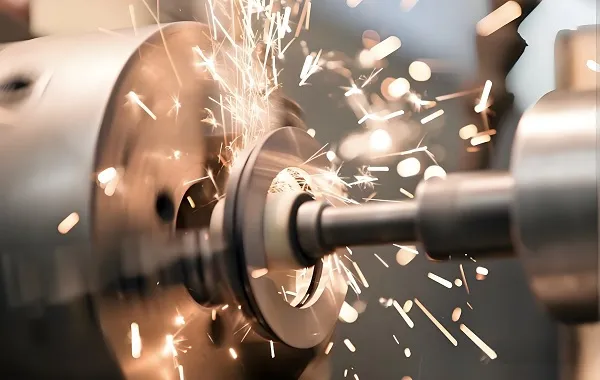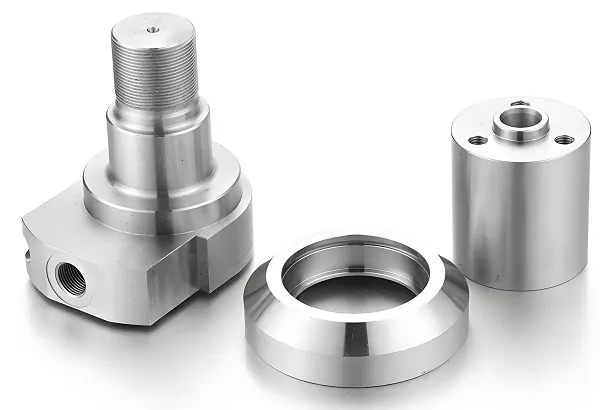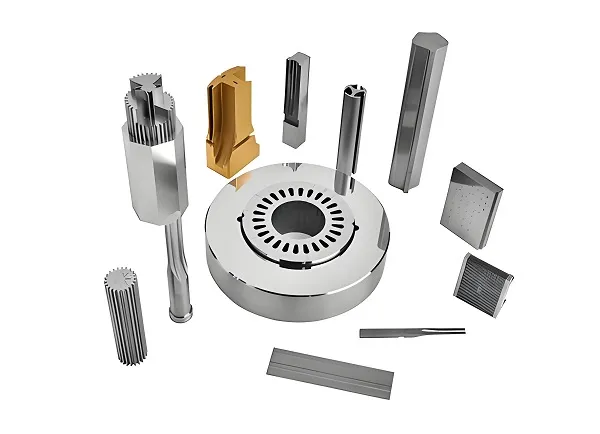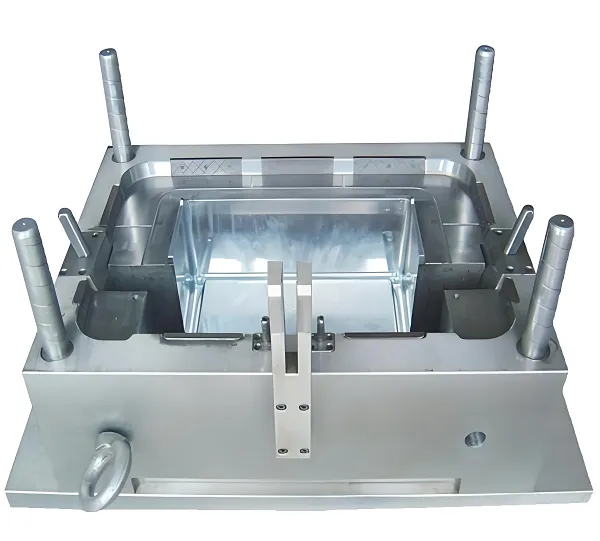Rubber injection, also known as rubber injection molding or rubber injection molding, is an advanced rubber processing and molding technology. It is defined as a production method in which rubber materials (usually in granular or sheet form) are fed into a heated barrel through an injection machine, heated and plasticized, and then injected into a closed mold cavity through a nozzle under pressure, and then finally cooled and shaped into rubber products of the required shape and size after vulcanization and other processes.
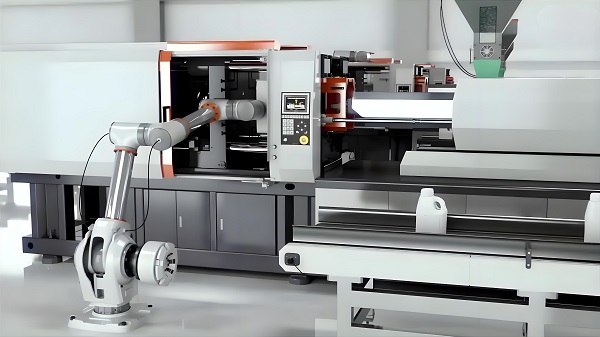
1. Advantages of rubber injection molding
Rubber injection molding is a molding method in which the raw rubber material is heated to a molten state and then pressed into the mold by an injection machine, and then cooled and cured to obtain the desired rubber product. Compared with the traditional rubber pressing process, rubber injection molding has the following significant advantages:
High Precision: With the closed-loop control system, it is possible to realize products with an accuracy of up to one ten-thousandth of a percent.
High efficiency: High production efficiency, more than thousands of finished products can be manufactured per hour, while the molding cycle time is short.
High automation: fully automatic production can be realized, from the input of raw materials to the finished products, usually only one operator is needed to complete.
Consistent quality: The feed, pressure and speed of the melt can be adjusted as needed, making each product highly consistent and of high quality.
Energy saving and environmental protection: the production process does not need to heat a large amount of cooling water, which reduces energy consumption, and at the same time reduces the scrap rate and pollution of the environment.
2. Characteristics of rubber injection molded parts
Good sealing: Due to the elasticity of the rubber material itself, the rubber injection parts can seal various gaps well.
Corrosion resistance: rubber material has good corrosion resistance to many chemicals.
Abrasion resistance: rubber injection parts have good abrasion resistance under friction environment.
Shock absorption: rubber materials have good shock absorption effect, can absorb and disperse impact energy.
3. Rubber injection material
Commonly used materials for rubber injection parts include natural rubber, butyl rubber, acrylic rubber, silicone rubber and medical grade TPE materials. Each of these materials has its own characteristics and can meet the needs of different fields.
4. Characteristics of rubber injection molded parts made of different materials
| Material Type | Durability | Chemical Resistance | Temperature Resistance (°C) | Elasticity |
|---|---|---|---|---|
| Natural Rubber | High | Good | -50 to +80 | Excellent |
| Butyl Rubber | Very High | Excellent | -40 to +100 | Good |
| Acrylic Rubber | Medium | Good | -20 to +150 | Good |
| Silicone Rubber | High | Excellent | -60 to +200 | Excellent |
| Medical-Grade TPE | High | Good | -40 to +120 | Good |
Note: The above data is for reference only, the specific properties may vary depending on the material formulation and processing conditions.
5. Rubber injection process development
In recent years, rubber injection molding technology has developed rapidly. With the development of modern electronic technology, computer technology and material science, the control system of rubber injection molding machine has been continuously developed and improved. At the same time, a lot of research has been carried out on the dimensional accuracy of rubber products, raw material saving, energy consumption reduction and product defect reduction, which has promoted the continuous progress of rubber injection molding process.
Customized Rubber Injection Parts FAQ
Q1: What is the process of customizing rubber injection molded parts?
A: The process of customized rubber injection molding usually includes demand analysis, material selection, mold design, sample making, testing and validation, and mass production.
Q2: How to calculate the price of Rubber Injection Parts?
A: The price of Rubber Injection Parts is affected by a variety of factors, including material cost, mold cost, complexity of production process, and quantity. Therefore, the price needs to be accounted for according to specific needs.
Q3: What is the lead time for Rubber Injection Parts?
A: Delivery lead time depends on a number of factors, including mold design time, sample making time, testing and verification time and mass production time. Generally speaking, the lead time for customized rubber injection molded parts ranges from a few weeks to a few months.
Q4: How to guarantee the quality of rubber injection molded parts?
A: The key to ensure the quality of rubber injection molded parts lies in strict material selection, accurate mold design, reasonable production process and strict testing and verification. Meanwhile, quality control during the production process and finished product inspection are also important links to ensure quality.
In summary, rubber injection molding technology has many advantages, and can produce high-precision, high-efficiency, high-quality rubber products. With the continuous development of technology, rubber injection molding technology will be widely used in more fields.

